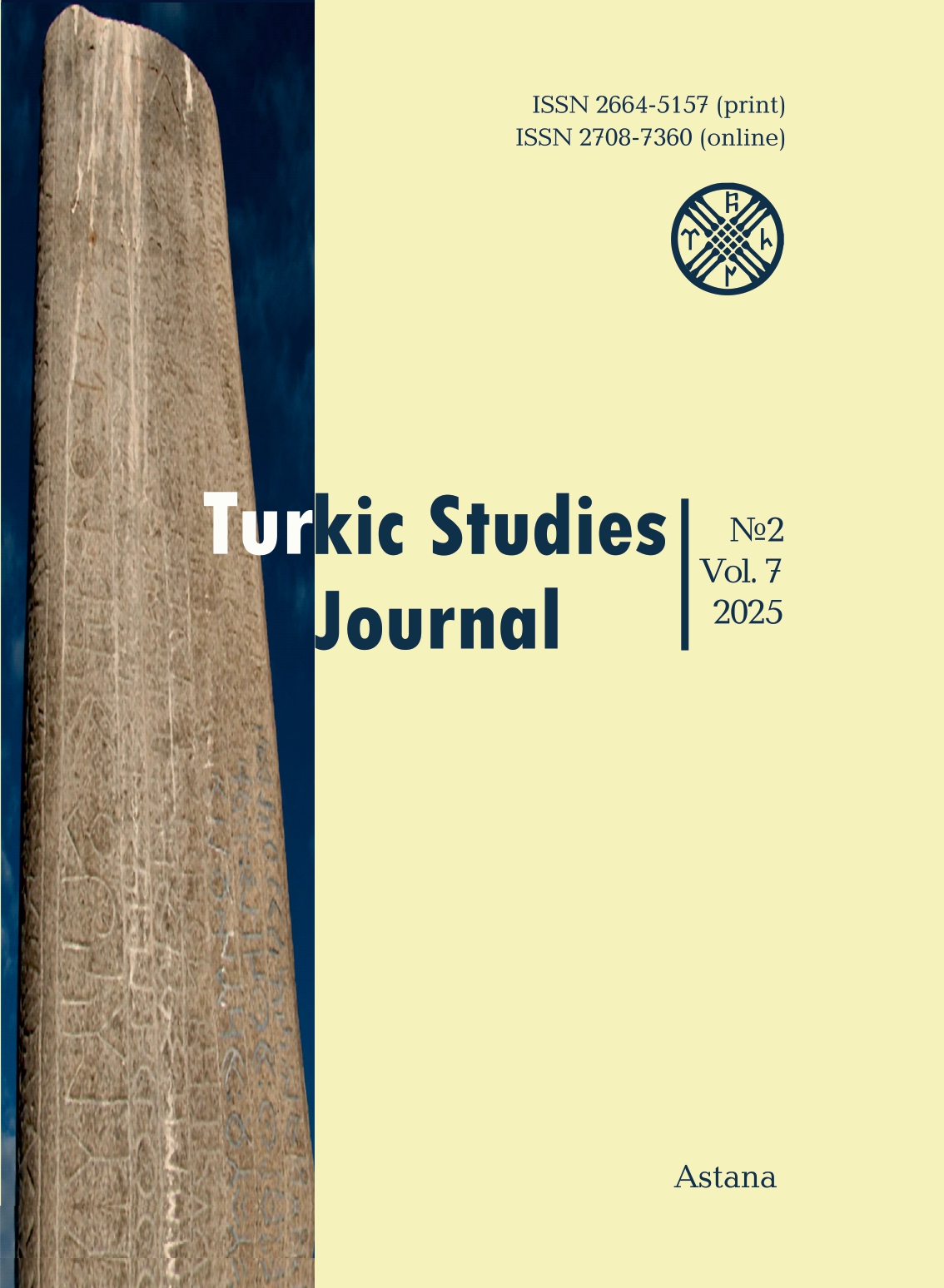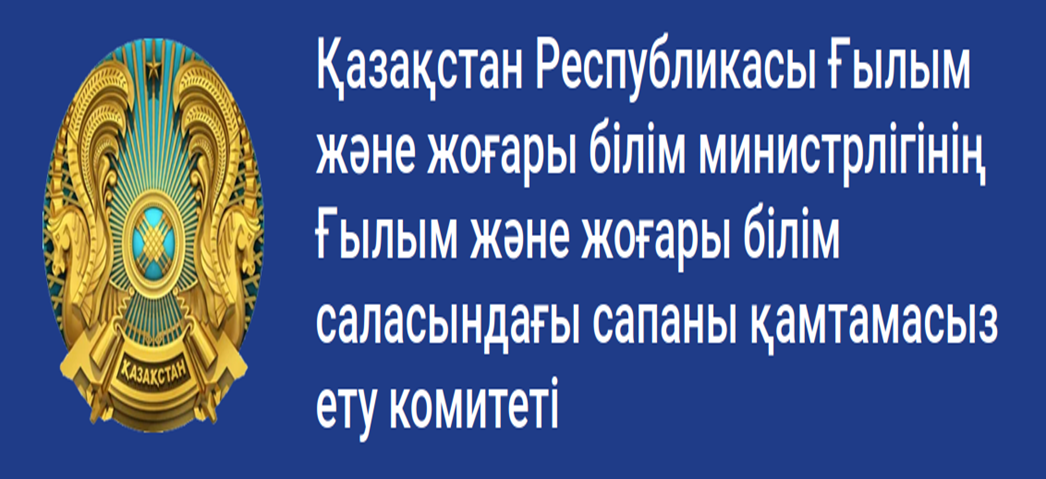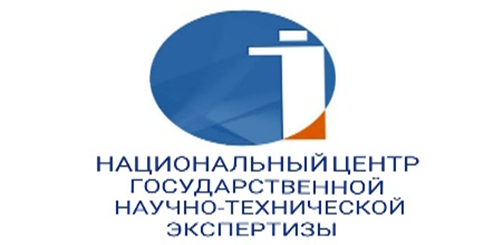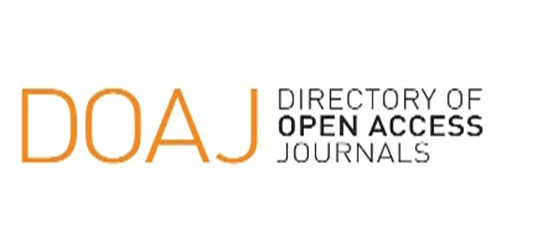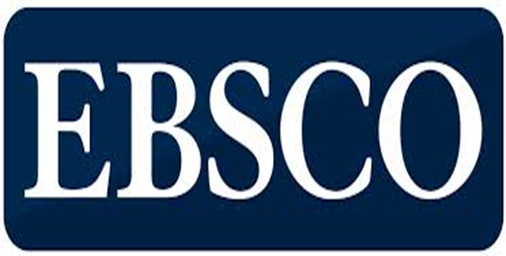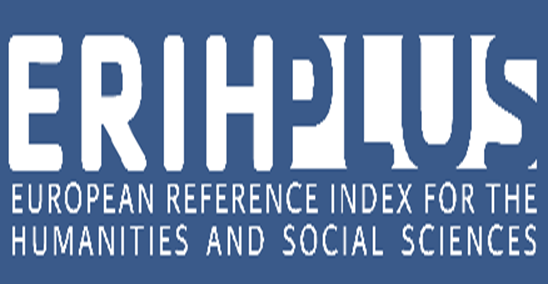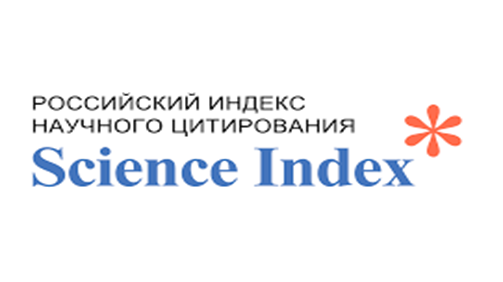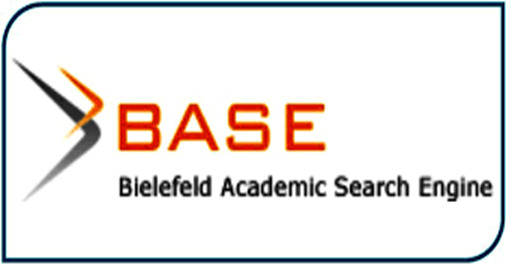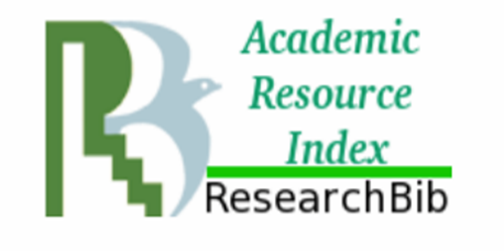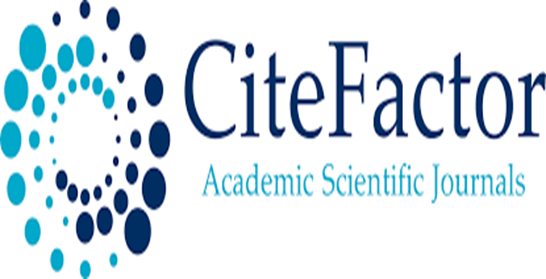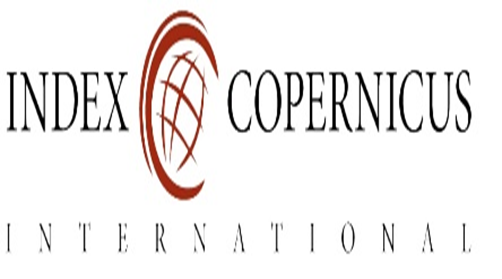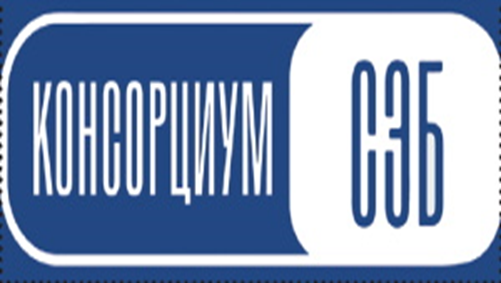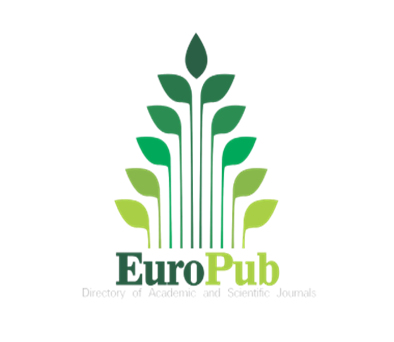Early Medieval Hungary: Between East and West
Views: 258 / PDF downloads: 110
DOI:
https://doi.org/10.32523/2664-5157-2025-2-64-85Keywords:
Medieval Hungary, between East and West, Hungarius identity, the beginning of statehood, contemporary discourse, tourism, national idea, Hungarian tribes, Byzantine Empire, Árpád dynasty, King St. Stephen, Turkic and Finno-Ugric languages.Abstract
Hungarians possess a strong sense of national identity, marked by an emphasis on distinctiveness that, to some extent, stems from their Asian origins. This sense of uniqueness and strong self-identification has been evident since the Middle Ages. Upon arriving in Europe, the Hungarian tribes encountered a new and unfamiliar reality that they had to confront and eventually accept. Since that time two parallel trends have characterized Hungarian political, social and economic thought stemming from interactions with both Eastern and Western civilizations.
These dual influences have also shaped Hungarian culture and political ideology: a persistent tension between a return to tradition and a drive toward modernization. These opposing tendencies have consistently vied for dominance throughout Hungarian history. Naturally, there have
been periods where traditionalist views prevailed and others marked by progressive reform. However, the most fruitful epochs in Hungary’s development have been those in which tradition and modernity were successfully reconciled, where elements of the past were used creatively
to construct a modern identity. For centuries, Hungary’s geographic location, situated between East and West, has played a crucial role in shaping its history and culture. This was accompanied by an enduring aspiration to align with the West. The presented article is devoted to the study of the evolution of Hungarian identity and history over many
centuries. The author analyzes various historical periods during which Hungarians turned to their origins connected with the regions around the Urals, and how this dual perception between the West and the East is reflected in their culture. This conflict of identities was particularly
evident in the 19th and 20th centuries, when Hungarian nationalism reached its peak. During periods of crisis in relations with the West, most notably following the Treaty of Trianon in 1920, there was a marked tendency to distance from Western values and seek alignment with Turkic and Asian peoples. This shift provided fertile ground for the emergence and development of the Turanist ideology.
Downloads
Reference
Alföldi András, 1933. A kettős királyság a nomádoknál in. Emlékkönyv Károlyi Árpád születése nyolcvanadik fordulójának ünnepére. Budapest: Sárkány Rt. 253-284 p.
Bartha Antal, 1975. Hungarian Society in the 9th and 10th Centuries. Budapest: Akadémiai Kiadó. 49-50 p.
Bereczki Gábor, 1998. A magyar nyelv finnugor alapjai. Budapest: Universitas Kiadó. 103 p.
Bertényi Iván, 1983 Kis magyar címertan. Budapest: Gondolat Könyvkiadó. 66-67 p.
Bíró Zoltán, 1992. Van-e út Nyugat és Kelet között?. Hitel. 5/4. 68 p.
Csepeli György, Örkény Antal, 1996. The Changing Facets of Hungarian Nationalism. Social Research. 63/1. 247-248 p.
Deér József, 2003. A magyar törzsszövetség és patrimoniális királyság külpolitikája. Máriabesnyő-Gödöllő: Attraktor Kiadó. 208 p.
Deér József, 1938. Pogány magyarság – keresztény magyarság. Budapest: Attraktor Kiadó. 215 p.
Domanovszky Sándor, 1939. Magyar művelődéstörténet. Ősműveltség és középkori kultúra. Vol. I. Budapest: Babits-Magyar Amerikai Kiadó. 345-347 p.
Dvorník František, 1947. Western and Eastern Traditions of Central Europe. The Review of Politics. 9/4. 470-473 p.
Engel Pál, 1993. Feltevések a magyarok őshazájáról és vándorlásairól. História. 8. 3 p.
Fejtő Francois, 1973. ‘Hungary: The War of Independence’ in Francois Fejtő ed., The Opening of an Era 1848: An Historical Symposium. New York-London: Macmillan Company. 35-56 p.
Gerő András, 1995. Modern Hungarian Society in the Making. Budapest/London: Central European University Press. 292 p.
Gyurgyák János, 2007. Ezzé lett magyar hazátok: a magyar nemzeteszme és nacionalizmus története. Budapest: Osiris Kiadó. p. 48-50.
Grzesik Ryszard, 2016. Od składania ofiar własnym bogom do sancti reges et duces czyli Arpadów przygoda z sacrum. Historia Slavorum Occidentis. 2/11. 147-160 p.
Hajdú Péter, 1966. Bevezetés az uráli nyelvtudományba (A magyar nyelv finnugor alapjai). Budapest: Tankönyvkiadó. 179 p.
Hofer Tamás, 1996. Bevezető: témák és megközelítések. Magyarok Kelet és Nyugat közt. A nemzettudat változó jelképei. Budapest: Balassi Kiadó. 7-22 p.
Hóman Bálint, Székfű Gyula, 1935. Magyar történet. Budapest: Királyi Magyar Egyetemi Nyomda. 664 p.
Hungary’s Growing Relationship with the Turkic World, 2018. https://www.fomoso.org/en/opinions/blog-en/hungarys-growing-relationship-with-the-turkic-world/ (accessed at: 24 May 2020).
Janurik T.A., 1978. szölkup nyelvjárások osztályozásahoz. Nyelvtudományi Közlemények. Köt. 80, No. 1. L. 77-104
Joó Tibor, 1941. Magyar nacionalizmus. Budapest: Magánkiadás. 190-193 p.
Joó Tibor, 1939. A magyar nemzeteszme - Kultúra és tudomány. Budapest: Franklin Nyomda. 220 p.
Kaplan, Jeffrey, Lööw, Helene, 2002. Cultic Milieu: Oppositional subcultures in an age of globalization. Walnut Creek: Altamira Press. 12-25 p.
Kornis Juliusz, 1943. Św. Stefan -budowniczy państwa. Budapest. 16-17 p.
Kristó Gyula, 1995. A magyar állam megszületése. Szegedi Középkortörténeti Könyvtár. 8. 335-358 p.
Laruelle Marllene, 2015. Eurasianism and the European Far Right: Reshaping the EuropeRussia Relationship. Lanham: Lexington books. 181 p.
Ligeti, Lajos, 1986. A magyar nyelv török kapcsolatai a honfoglálas előtt és az Árpádkorban. Budapest: Akadémiai Kiadó. 260-269 p.
Ligeti, Lajos, 1979. Régi török eredetű neveink. Magyar Nyelv. 75/1. 257-274 p.
Makk, Ferenc, 1993. Magyar külpolitika (896-1196). Szeged: Szegedi Középkorász Műhely. 129-130 p.
Maticsák, Sándor, 2011. A finnugor (uráli) népek helyzete Oroszországban. Debreceni Szemle. 19/2. 160-169 p.
Mesterházy Károly, 1994. ‘Die Landnahme der Ungarn aus archäologischer Sicht’ in Michaell Müller- Wille/Reinhard Schneider ed., Ausgewählte Probleme europäischer Landnahmen des Früh- und Hochmittelalters. Vol. 2. Sigmaringen: Lang. 23-65 p.
Moravcsik Gyula, 1953. Bizánc és a magyarság. Budapest: Magyar Tudományos Akadémia. 133 p.
Moravcsik Gyula, 1942. A magyar szókincs görög elemei. Emlékkönyv Melich János hetvenedik születésnapjára. Budapest: Franklin-Társulat Nyomdája. 264-275 p.
Pacsai Imre, 2022. О тюркском происхождении некоторых венгерских географических названий. (2019). http://www.turkologiya.org/saylar/2019-4/2.dilcilik.imre.pdf (accessed at: 17 June 2022).
Pomogáts Béla, 2005. A komp helyzetében (előadás). Irodalmi Szemle. 11. 23-24 p.
Rédei, Károly, 1998. Őstörténetünk kérdései. Budapest: Balassi Kiadó. 68 p.
Révész Laszló, 2014. Ungarn und der deutsche Druck. Das kurze oder lange 10. Jahrhundert? Archäologische Beurteilung der Gräberfelder im Karpatenbecken in S. Albrecht/Chr. A. Kleinjung ed., Das lange 10. Jahrhundert – Struktureller Wandel zwischen Zentralisierung und Fragmentierung, äußerem Druck und innerer Krise. Mainz: Verlag des Römisch-Germanischen Zentralmuseums. 85-90 p.
Ring Éva, 2004. Államnemzet és kultúrnemzet válaszútján. Budapest: ELTE Eötvös Kiadó. P. 148-153.
Sroka Stanisław, 2015. Początki państw. Węgry. Poznań: Wydawnictwo Poznańskie. 138-139 p.
Stanojev Nebojša, 1989. Nekropole X–XV veka u Vojvodini. Novi Sad: Arheološko društvo Vojvodine, 109-113 p.
Szabó Béla, 1848. A magyar korona országainak statusjogi állása a Pragmatica Sanctio szerint. Pozsony. 182 p.
Szádeczky-Kardoss Samu, 1996. Az avarok története Európában. Árpád előtt és után. Kristó Gyula. Makk Ferenc ed., Szeged: Szeged Könyvek. 19-30 p.
Száraz György, 1988. Hungarus-tudat – nacionalizmusok’in: Száraz György ed.. Erdély múltjáról, jelenidőben. Budapest: Magvető Kiadó. 227-242 p.
Széchenyi István, 1985. A kelet népe. Budapest: Közgazdasági és Jogi Könyvkiadó. 16 p.
Székfű, Gyula, 1979. Nép, nemzet, állam. Válogatott tanulmányok. Vilmos Erős ed.. Budapest: Osiris Kiadó. 754 p.
Szymański Wojciech, Dąbrowska Elżbieta, 1979. Awarzy. Węgrzy. Kraków: Zakład Narodowy im. Ossolińskich. 259 p.
Tárnai Andor, 1969. Extra Hungariam non est vita…egy szállóige történetéhez. Budapest: Akadémiai Kiadó. 107 p.
Thaly Kálmán, 1898. Az ezredévi országos hét emlékoszlop története. Pozsony: Wigand Károly Frigyes. 9-11 p.
Vámbéry Ármin, 1882. A magyarok eredete. Ethnologiai tanulmány. Budapest: Magyar Tudományos Akadémia. 69 p.
Zimonyi István, 2014. A magyarság korai történetének sarokpontjai: Elméletek az újabb irodalom tükrében. Budapest: Balassi Kiadó, 250 p. – URL:https://publicatio.bibl.u-szeged.hu/17385/
Zhishman Joseph, 1864. Das Eherecht der orientalischen Kirche. Wien: Wilhelm Braumüller. 156-160 p.
REFERENCE
Alföldi András, 1933. A kettős királyság a nomádoknal [The dual kingdom with the nomads] in. Emlékkönyv Károlyi Árpád születése nyolcvanadik fordulójának ünnepére, [Memorial book on the occasion of the eightieth anniversary of the birth of Arpád Károlyi]. Budapest: Sárkány Rt. 253-284 p. [in Hungarian].
Bartha Antal, 1975. Hungarian Society in the 9th and 10th Centuries. Budapest: Akadémiai Kiadó, 49-50 p.Bereczki Gábor, 1998. A magyar nyelv finnugor alapjai [Finno-Ugric foundations of the Hungarian language]. Budapest: Universitas Kiadó. 103 p. [in Hungarian].
Bertényi Iván, 1983 Kis magyar cimertan [A little Hungarian coat of arms]. Budapest: Gondolat Könyvkiadó. 66-67 p. [in Hungarian].
Bíró Zoltán, 1992. ‘Van-e út Nyugat és Kelet között?’ [Is there a road between West and East?]. Hitel. 5/4. 68 p. [in Hungarian].
Csepeli György, Örkény Antal, 1996. The Changing Facets of Hungarian Nationalism. Social Research. 63/1. 247-248 p.
Deér József, 2003. A magyar törzsszövetség és patrimonialis királyság külpolitikája [The foreign policy of the Hungarian tribal confederation and patrimonial kingdom]. Máriabesnyő-Gödöllő: Attraktor Kiadó. 208 p. [in Hungarian].
Deér József, 1938. Pogány magyarság – keresztény magyarság [Pagan Hungarians – Christian Hungarians]. Budapest: Attraktor Kiadó. 215 p. [in Hungarian].
Domanovszky Sándor, 1939. Magyar művelődéstörténet, Ősműveltség és középkori kultura [Hungarian cultural history, Ancient civilization and medieval culture]. Vol. I. Budapest: Babits-Magyar Amerikai Kiadó. 345-347 p. [in Hungarian].
Dvorník František, 1947. Western and Eastern Traditions of Central Europe. The Review of Politics. 9/4. 470-473 p.Engel Pál, 1993. Feltevések a magyarok őshazájáról és vándorlásairól [Assumptions about the homeland and migrations of the Hungarians]. História. 8. 3 p. [in Hungarian].
Fejtő Francois, 1973. ‘Hungary: The War of Independence’ in Francois Fejtő ed., The Opening of an Era 1848: An Historical Symposium. New York-London: Macmillan Company. 35-56 p.
Gerő András, 1995. Modern Hungarian Society in the Making. Budapest/London: Central European University Press. 292 p.
Gyurgyák János, 2007. Ezzé lett magyar hazátok: a magyar nemzeteszme és nacionalizmus története [This is what your Hungarian homeland has become: the history of the Hungarian national idea and nationalism]. Budapest: Osiris Kiadó. p. 48-50. [in Hungarian].
Grzesik Ryszard, 2016. Od składania ofiar własnym bogom do sancti reges et duces czyli Arpadów przygoda z sacrum, Historia Slavorum Occidentis [From offering sacrifices to their own gods to sancti reges et duces or the Arpads' adventure with the sacred. Historia Slavorum Occidentis]. 2/11. 147-160 p. [in Hungarian].
Hajdú Péter, 1966. Bevezetés az uráli nyelvtudományba (A magyar nyelv finnugor alapjai) [Introduction to Uralic Linguistics (Finno-Ugric Foundations of the Hungarian Language)]. Budapest: Tankönyvkiadó. 179 p. [in Hungarian].
Hofer Tamás, 1996. Bevezető: témák és megközelítések. Magyarok Kelet és Nyugat közt. A nemzettudat változó jelképei [Introduction: themes and approaches. Hungarians between East and West. Changing symbols of national consciousness]. Budapest: Balassi Kiadó. 7-22 p. [in Hungarian].
Hóman Bálint, Székfű Gyula, 1935. Magyar történet [Hungarian History]. Budapest: Királyi Magyar Egyetemi Nyomda. 664 p. [in Hungarian].
Hungary’s Growing Relationship with the Turkic World, 2018. https://www.fomoso.org/en/opinions/blog-en/hungarys-growing-relationship-with-the-turkic-world/ (accessed at: 24 May 2020).
Janurik T. A szölkup nyelvjárások osztályozásahoz [Classification of Selkup Dialects]// Nyelvtudományi Közlemények. 1978. Köt. 80, No. 1. L. 77-104. [in Hungarian].
Joó Tibor, 1941. Magyar nacionalizmus [Hungarian Nationalism]. Budapest: Magánkiadás. 190-193 p. [in Hungarian].
Joó Tibor, 1939. A magyar nemzeteszme - Kultúra és tudomány [The Hungarian national idea - Culture and science]. Budapest: Franklin Nyomda. 220 p. [in Hungarian].
Kaplan, Jeffrey, Lööw, Helene, 2002. Cultic Milieu: Oppositional subcultures in an age of globalization. Walnut Creek: Altamira Press. 12-25 p.
Kornis Juliusz, 1943. Św. Stefan-budowniczy państwa [St. Stephen - builder of the state]. Budapest. 16-17 p. [in Hungarian].
Kristó Gyula, 1995. A magyar állam megszületése [ The birth of the Hungarian state]. Szegedi Középkortörténeti Könyvtár. 8 (1995). 335-358 p. [in Hungarian].
Laruelle Marllene, 2015. Eurasianism and the European Far Right: Reshaping the Europe-Russia. Relationship. Lanham: Lexington books. 181 p.
Ligeti, Lajos, 1986. A magyar nyelv török kapcsolatai a honfoglálas előtt és az Árpád-korban [Turkish relations of the Hungarian language before the occupation and in the Árpád era]. Budapest: Akadémiai Kiadó. 260-269 p. [in Hungarian].
Ligeti, Lajos, 1979. ‘Régi török eredetű neveink’ [Our old Turkish names]. Magyar Nyelv. 75/1. 257-274 p. [in Hungarian].
Makk, Ferenc, 1993. Magyar külpolitika (896-1196) [Hungarian foreign policy (896-1196)]. Szeged: Szegedi Középkorász Műhely. 129-130 p. [in Hungarian].
Maticsák, Sándor, 2011. A finnugor (uráli) népek helyzete Oroszországban [The situation of the Finno-Ugric (Uralic) peoples in Russia’]. Debreceni Szemle 19/2. 160-169 p. [in Hungarian].
Mesterházy Károly, 1994. ‘Die Landnahme der Ungarn aus archäologischer Sicht’ in Michaell Müller-Wille/Reinhard Schneider ed., Ausgewählte Probleme europäischer Landnahmen des Früh- und Hochmittelalters [Selected problems of European land acquisitions in the early and high Middle Ages]. Vol. 2. Sigmaringen: Lang. 23-65 p. [in Hungarian].
Moravcsik Gyula, 1953. Bizánc és a magyarság [Byzantium and the Hungarians]. Budapest: Magyar Tudományos Akadémia. 133 p. [in Hungarian].
Moravcsik Gyula, 1942. A magyar szókincs görög elemei. Emlékkönyv Melich János hetvenedik születésnapjára [Greek elements of Hungarian vocabulary. A commemorative book for the seventieth birthday of János Melich]. Budapest: Franklin-Társulat Nyomdája. 264-275 p. [in Hungarian].
Pacsai Imre, 2022. O tyurkskom proiskhozhdenii nekotorykh vengerskikh geograficheskikh nazvaniy [On the Turkic origin of some Hungarian geographical names]. http://www.turkologiya.org/saylar/2019-4/2.dilcilik.imre.pdf (accessed at: 17 June 2022). [in Russian].
Pomogáts Béla, 2005. A komp helyzetében (előadás) [In the ferry situation (lecture)]. Irodalmi Szemle. 11. 23-24 p. [in Hungarian].
Rédei, Karoly, 1998. Őstörténetünk kérdései [Questions about our prehistory]. Budapest: Balassi Kiadó. 68 p. [in Hungarian].
Révész Laszló, 2014. Ungarn und der deutsche Druck. Das kurze oder lange 10. Jahrhundert? Archäologische Beurteilung der Gräberfelder im Karpatenbecken [Hungary and German printing. The short or long 10th century? Archaeological assessment of the burial grounds in the Carpathian Basin] in S. Albrecht/Chr. A. Kleinjung ed., Das lange 10. Jahrhundert – Struktureller Wandel zwischen Zentralisierung und Fragmentierung, äußerem Druck und innerer Krise [The long 10th century – Structural change between centralization and fragmentation, external pressure and internal crisis]. Mainz: Verlag des Römisch-Germanischen Zentralmuseums. 85-90 p. [in Hungarian].
Ring Éva, 2004. Államnemzet és kultúrnemzet válaszútján [At the crossroads of nation-state and nation-culture]. Budapest: ELTE Eötvös Kiadó. P. 148-153. [in Hungarian].
Sroka Stanisław, 2015. Początki państw. Węgry [The Beginnings of States. Hungary]. Poznań: Wydawnictwo Poznańskie. 138-139 p. [in Hungarian].
Stanojev Nebojša, 1989. Nekropole X–XV veka u Vojvodini [Necropolises of the 10th–15th centuries in Vojvodina]. Novi Sad: Arheološko društvo Vojvodine. 109-113 p. [in Hungarian].
Szabó Béla, 1848. A magyar korona országainak statusjogi állása a Pragmatica Sanctio szerint [The legal status of the countries of the Hungarian Crown according to the Pragmatica Sanctio]. Pozsony. 182 p. [in Hungarian].
Szádeczky-Kardoss Samu, 1996. Az avarok története Európában, Árpád előtt és után [The history of the Avars in Europe, before and after Árpád]. Kristó Gyula. Makk Ferenc ed.. Szeged: Szeged Könyvek. 19-30 p. [in Hungarian].
Száraz György, 1988. Hungarus-tudat – nacionalizmusok [Hungarus-consciousness – nationalisms] in: Száraz György ed., Erdély múltjáról, jelenidőben [About Transylvania's past, present]. Budapest: Magvető Kiadó. 227-242 p. [in Hungarian].
Széchenyi István, 1985. A kelet népe [The people of the East]. Budapest: Közgazdasági és Jogi Könyvkiadó. 16 p. [in Hungarian].
Székfű, Gyula, 1979. Nép, nemzet, állam. Válogatott tanulmányok [People, Nation, State. Selected Studies]. Vilmos Erős ed., Budapest: Osiris Kiadó. 754 p. [in Hungarian].
Szymański Wojciech, Dąbrowska Elżbieta, 1979. Awarzy. Węgrzy [Avars. Hungarians]. Kraków: Zakład Narodowy im. Ossolińskich. 259 p. [in Hungarian].
Tárnai Andor, 1969. Extra Hungariam non est vita....egy szállóige történetéhez [Extra Hungariam non est vita....to the history of sayings]. Budapest: Akadémiai Kiadó. 107 p. [in Hungarian].
Thaly Kálmán, 1898. Az ezredévi országos hét emlékoszlop története [The history of the seven national commemorative columns of the millennium]. Pozsony: Wigand Károly Frigyes. 9-11 p. [in Hungarian].
Vámbéry Ármin, 1882. A magyarok eredete. Ethnologiai tanulmány [The Origin of the Hungarians. An Ethnological Study]. Budapest: Magyar Tudományos Akadémia. 69 p. [in Hungarian].
Zimonyi István, 2014. A magyarság korai történetének sarokpontjai: Elméletek az újabb irodalom tükrében. Budapest: Balassi Kiadó. 250 p. – URL:https://publicatio.bibl.u-szeged.hu/17385/ [in Hungarian].
Zhishman Joseph, 1864. Das Eherecht der orientalischen Kirche [The marriage law of the Oriental Church]. Wien: Wilhelm Braumüller. 156-160 p. [in German].
Downloads
Published
How to Cite
Issue
Section
License
Copyright (c) 2025 Turkic Studies Journal

This work is licensed under a Creative Commons Attribution-NonCommercial 4.0 International License.

